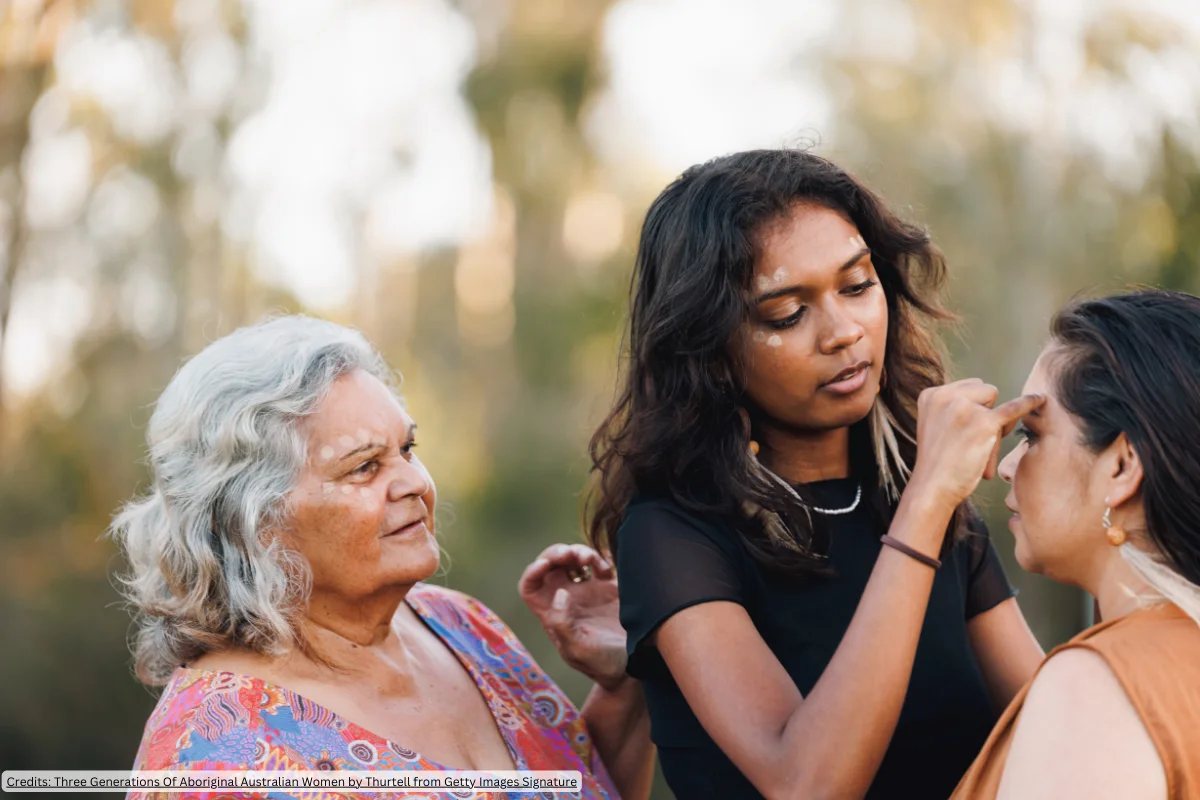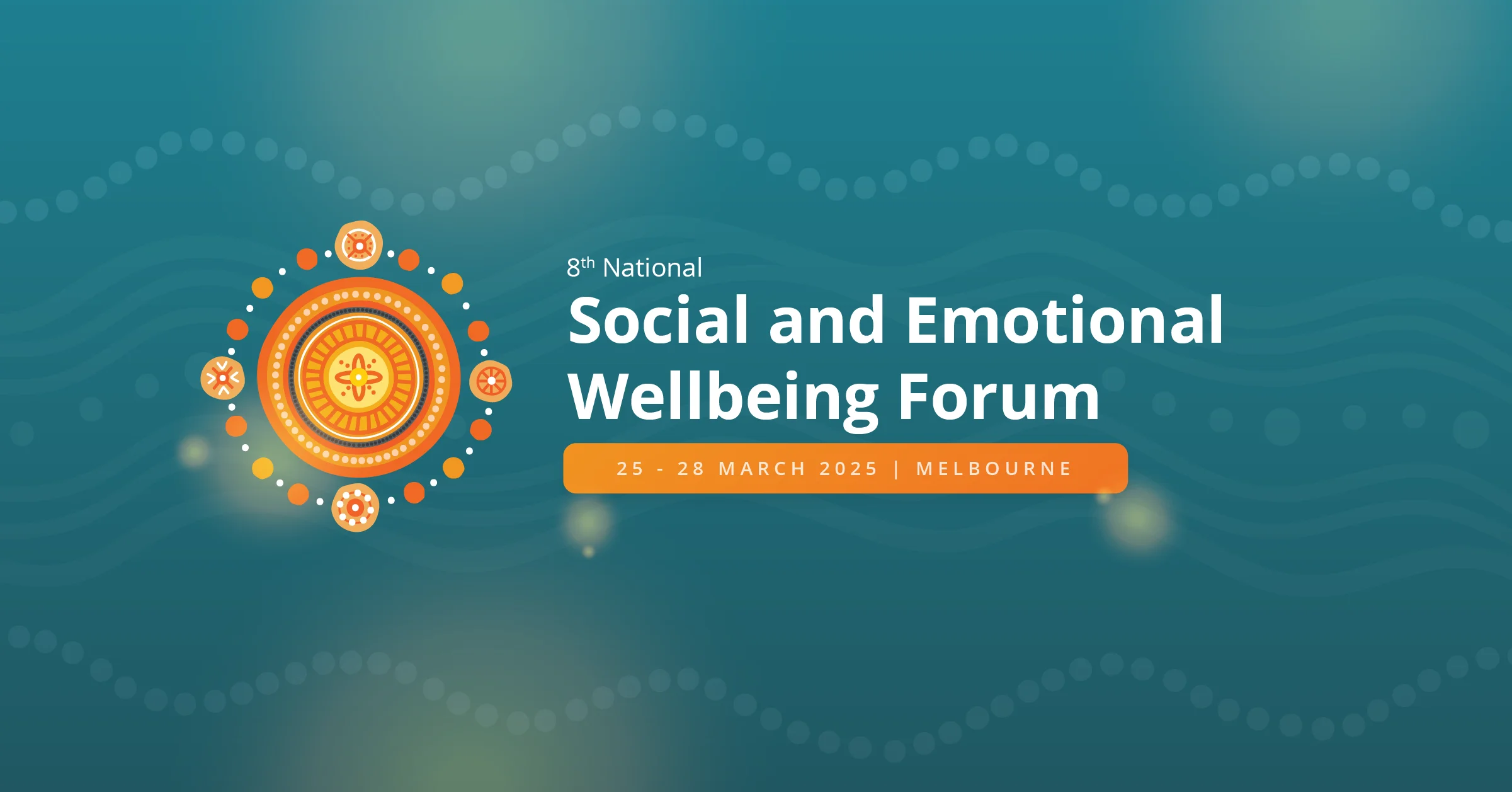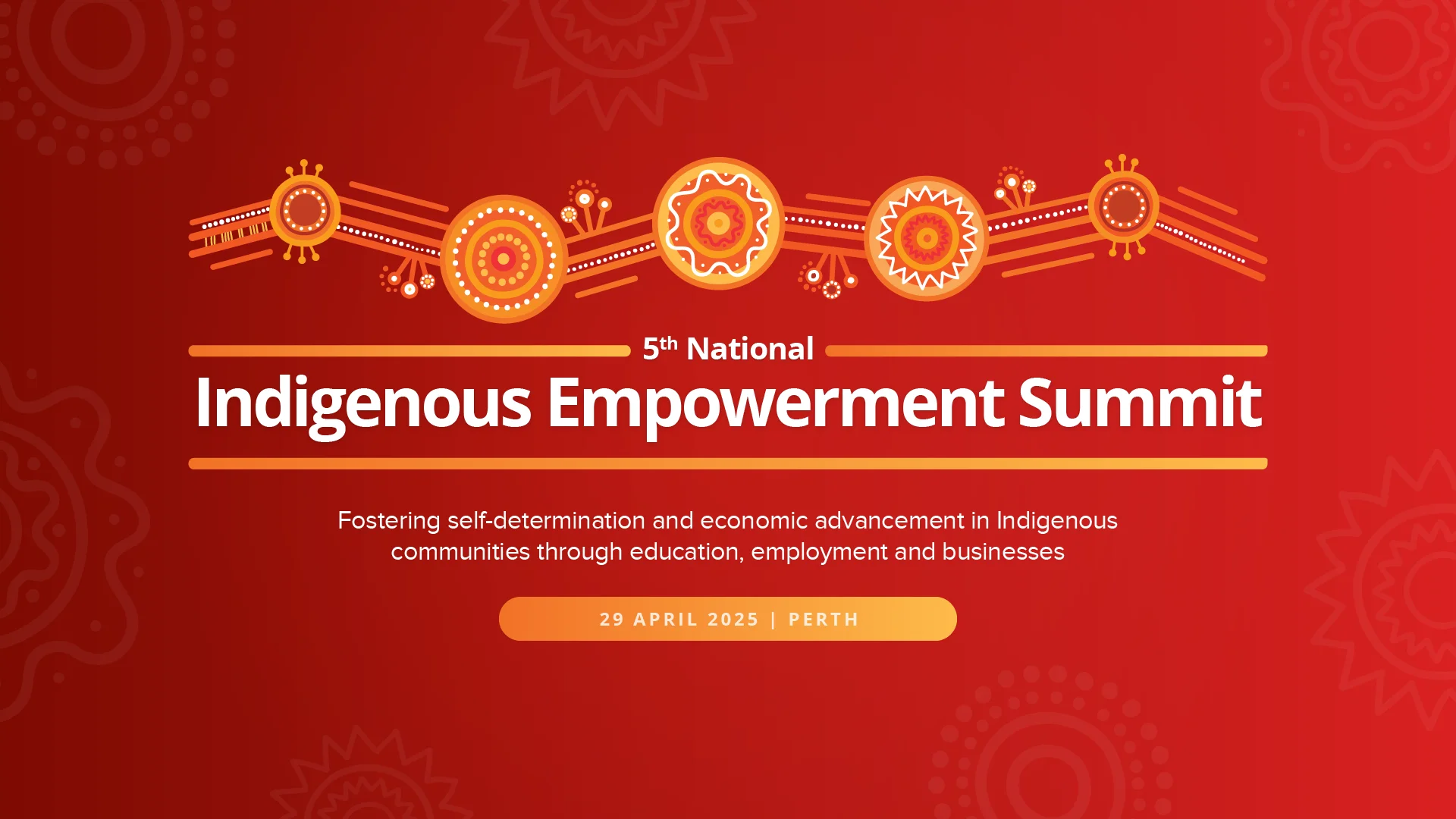Nearly every business is on at least one social-media platform, and if not probably should be. And it is certainly essential for NFPs as it is not only an important business tool in general but it also helps organisations expand their reach and spread their message.
However, issues such as budget, lack of resources and outdated knowledge often help contribute to social-media mistakes by NFPs.
Third Sector spoke to four social-media experts to uncover the biggest social-media mistakes NFPs make, and how these can be avoided…
Doing it…
Sonja Ceri, Joe Brown, Founders, Media Junkies
Mistake: Not having a dedicated social-media person
The biggest mistake any organisation can make is to not appoint someone as its dedicated social-media person. This leads to a lack of strategy and inconsistency.
NFPs with an older membership demographic seem to struggle finding someone who can run their social-media channels. They are also not sure which channels are relevant to the organisation: do they need to be on all channels, or it is enough to focus on only one or two?.
Committees are another big hurdle. At Media Junkies, we find that if too many people have an opinion on social media, nothing gets done. Associations should appoint one person to be in charge, set KPIs and review after a quarter. If the person is not the right fit or the campaigns are not performing, you can always change direction following a proper review.
Mistake: Not using Facebook Business Manager
The biggest business risk we see across NFPs is not using Facebook Business Manager. Over and over again, we find lots of people who have admin access to pages when they actually should not.
It is important to understand that you should never place personal profiles on your organisation’s Facebook page. If a personal profile is hacked, the perpetrator can take down the organisation’s page as well. It is the same for ad accounts, which also should always be set up in Business Manager. Each collaborator should be assigned with a specific role within Business Manager, such as admin, editor, analyst or advertiser.
We once received a call from the upset marketing manager of a sizeable organisation (it had about five pages, each with around 25,000 followers). Her personal Facebook account had been hacked, with the perpetrator going on to attack all the organisation’s pages. He/she also removed all admin and editor access, blocking the proper users. On top of that, the hacker started distributing pornography via the pages, which seriously damaged the brand.
What can be learnt from this? Check how your organisation is set up in social-media land. Take advantage of Business Manager, and for all other pages ensure you change passwords regularly.
Mistake: Failing to monitor and manage appropriately
Monitoring channels regularly is highly important. This can be done manually by following notifications, or with software such as Hootsuite.
Manage the community you are building by replying to posts, comments and messages (automated message replies can be set up in Facebook). It is also important to maintain a FAQ section so you don’t need to repeat yourself all the time.
Be sure to measure and report on all campaigns. Again, tools and software are available to help with that.
Planning it…
Alecia Hancock, Director, Hancock Creative
Mistake: Failing to plan
Many NFPS jump to social media because they realise the need to be there, or because board members told them they should. They dive in without any planning, failing to think strategically. They find themselves spending a lot of money with little return on investment.
When Hancock Creative worked with Australian Red Cross last year, the organisation was able to make great use of its social media. Usually it would take a lot of work for it to find volunteers, but by applying social media there was a lot of interest within just an hour.
If you are going to share content, be consistent. What does your audience want? Can it learn from you? Can you inspire it? Make a checklist and content calendar to ensure successful social-media use.
Mistake: Not focussing on the right platform
People can become a little too caught up in social media, and suddenly your organisation has a presence on Pinterest and Snapchat. As well as not always being sustainable, the problem is that sometimes it is just not the right platform for the organisation.
This also indicates a lack of strategic thinking. Organisations need to do their research to determine which platform or platforms best suit them. Unfortunately, rushing blindly head can mean a lot of wasted time, effort and money.
Mistake: Trying to talk to everyone
Organisations cannot use the same message to talk to a millennial graduating from university and seeking their first job as it would to talk to a baby boomer. This way your messages will get lost. These generations are going through different experiences so can’t be targeted the same way.
By trying to have your message target everyone, you are not actually engaging with anyone. NFPs must first think about their ideal audience.
It is also important to be “real” on social media, such as being conversational and friendly when going on Facebook. Many NFPs, however, fail to understand this and end up writing uninspiring prose like “We are really proud to announce our event”.
NFPs have amazing stories to tell. They are the most human organisations around, and need not fear being real with their audiences. They need to get them to be a part of what they believe in.
Messing it up…
Dr Karen Sutherland, lecturer in PR, University of the Sunshine Coast
Mistake: Not integrating traditional media efforts
Just because your organisation has social media, it does not mean traditional media should be forgotten. It is important to integrate messages such as articles. This not only reimagines content that works, but also keeps the message consistent.
Mistake: Not understanding social media
Sometimes organisations do not realise that a lot of resources are needed to run a social-media presence. The communications staff needs to show what it can actually achieve.
In the seven organisations I studied while doing my PhD, the two that had a dedicated media person were the most successful because they could monitor what was going on and respond.
Often this type of work is left to volunteers, so lack of training can be a problem.
Visual content is also highly important as people are far more responsive to images. Creating video/images can chew up a lot of resources, but learning how to do that effectively without spending a lot is essential.
Mistake: Not providing engaging content
It was evident in my research that many people on social media see charities as only asking for support. While that is fine occasionally, supporters and potential supporters will be turned off unless offered inspirational stories of transformational change brought about by the organisation.
Donors like to see results, and learn how their money has been helpful. They love stories of what the charities do, and how and why they do it.
They also respond well to being thanked.











